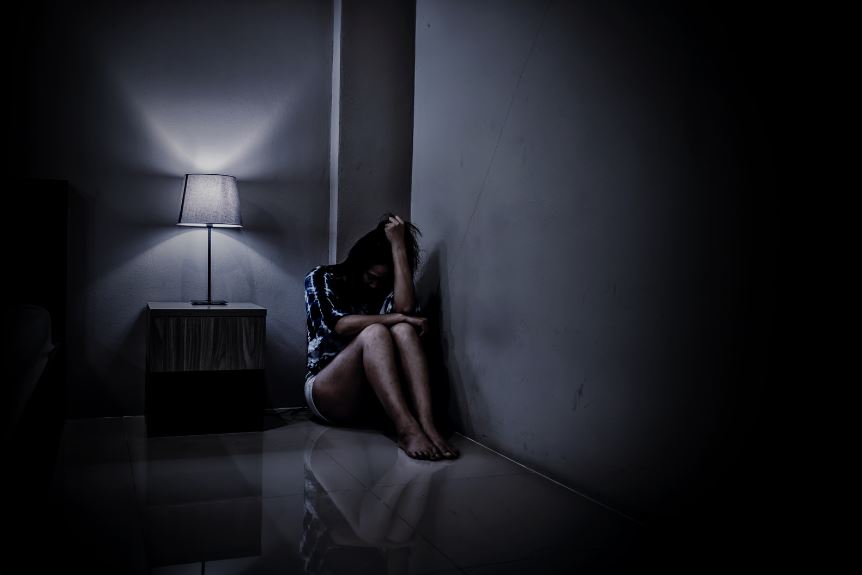Coping with Seasonal Depression

SAD, often known as “seasonal depression,” is a form of depression that occurs seasonally, mainly in the fall and winter when the days are shorter. While many individuals feel down during the winter, SAD is a more severe form of depression that can damage their quality of life. If you or someone you love has seasonal depression, you must understand it and learn ways to brighten depressing days.
What is seasonal depression?
In places with seasonal light and weather fluctuations, seasonal depression occurs. Reduced daylight exposure may alter the body’s natural clock and cause hormonal abnormalities.
Critical characteristics of SAD include:
Seasonal Pattern
Symptoms occur during the fall and winter and remain in the spring or summer.
Depressive Symptoms
These include:
- persistent sadness
- low energy
- irritability
- changes in sleep and appetite, and
- difficulty concentrating.
- Social Withdrawal
People with SAD often withdraw from social activities. And may experience a loss of interest in things they once enjoyed.
How to manage Seasonal Depression?
Now, let’s explore some practical strategies to cope with seasonal Depression.
Light Therapy
One of the primary causes of SAD is reduced exposure to natural sunlight. Light therapy, or phototherapy, involves sitting near a designed lightbox that emits bright, full-spectrum light. This exposure can help regulate your body’s internal clock and reduce depressive symptoms. It’s crucial to use a lightbox that emits at least 10,000 lux and consult a healthcare professional before starting light therapy.
Exercise Regularly
Endorphins are naturally occurring mood enhancers that are released while you exercise. Even a short daily walk outdoors during daylight hours can make a significant difference in managing seasonal Depression. Engage in activities you enjoy, whether yoga, jogging, or dancing, to boost your mood and energy levels.
Maintain a Healthy Diet
Mental health is dependent on nutrition. Incorporate whole grains, fruits, vegetables, lean meats, omega-3 fatty acids, and other healthy foods into a balanced diet. Omega-3s, found in fish, flaxseeds, and walnuts, have been linked to improved mood and reduced depressive symptoms.
Mindfulness and Meditation
You may maintain your sense of balance and lower your stress by using mindfulness and meditation practices. Mindfulness exercises encourage you to focus on the present moment. It fosters a sense of calm and reduces negative thinking patterns associated with Depression.
Social Support
Don’t isolate yourself during the winter months. Reach out to friends and family, and share your feelings with them. Social support is a powerful tool for coping with Depression. If you want to talk to others who can relate to what you’re going through, think about joining a support group.
Professional Help
If your seasonal Depression is severe or persistent, don’t hesitate to seek professional help. Mental health professionals can provide therapy, such as cognitive-behavioral therapy (CBT), effectively treating SAD. In some cases, they may also prescribed medication.
How to create a Light-Friendly Environment?
Enhance the lighting in your living space. Open curtains during the day to let in natural light, and consider using full-spectrum light bulbs in your home. A well-lit environment can help mitigate the effects of reduced daylight.
Establish a Routine
Maintaining a regular daily routine can provide stability and structure, which can be particularly helpful during winter when motivation may be low. Try to go to bed and wake up simultaneously each day, even on weekends.
Plan Winter Activities
Rather than dreading the onset of winter, plan enjoyable activities that give you something to look forward to. Whether trying a new hobby, taking a winter vacation, or participating in seasonal festivities, having positive experiences can counterbalance the effects of SAD.
Practice Self-Compassion
Remember that it’s okay to struggle with seasonal Depression. Be kind to yourself and avoid self-criticism. Acknowledge your feelings and seek help when needed. You are not alone in your journey.
Coping with seasonal Depression can be challenging. But it’s essential to remember that effective strategies and support are available. You can manage the symptoms of Seasonal Affective Disorder and brighten your days during the darker seasons by incorporating:
- light therapy,
- exercise,
- a healthy diet,
- mindfulness,
- social connections, and
- professional help when necessary,
Feel free to contact a healthcare professional for guidance on creating a personalized plan for managing SAD. You can find relief and regain your well-being with the right tools and support.
Conclusion
Seasonal Affective Disorder is a natural and challenging condition affecting many individuals during fall and winter. However, there is hope, and with the right strategies and support, you can effectively cope with the symptoms and lead a fulfilling life year-round. Remember that asking for expert assistance is a show of strength, and you don’t have to face seasonal depression alone. Integrating these coping strategies into your life allows you to work towards brighter days, even during the darkest seasons.
